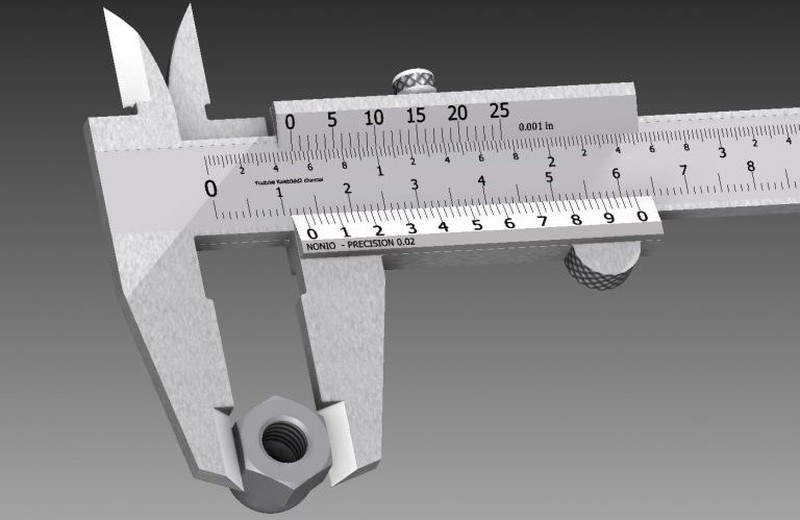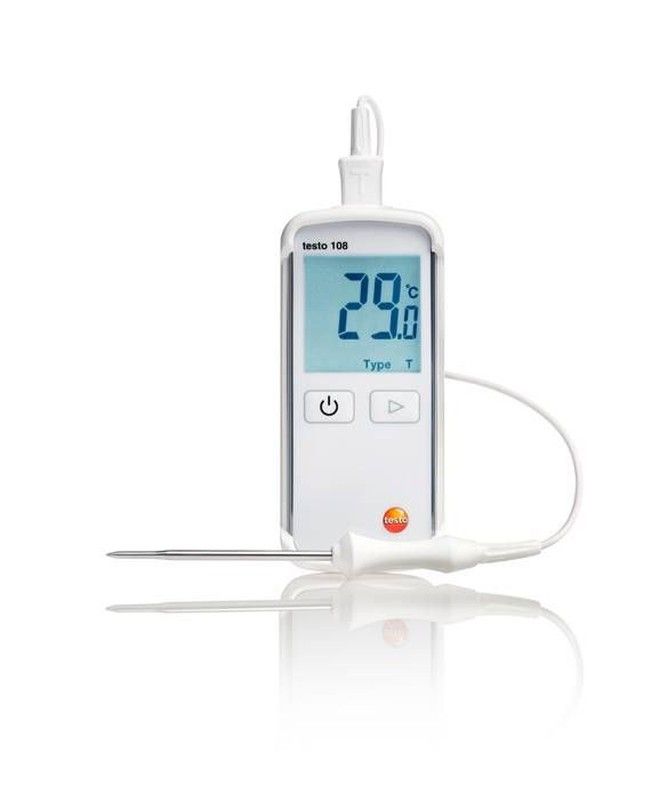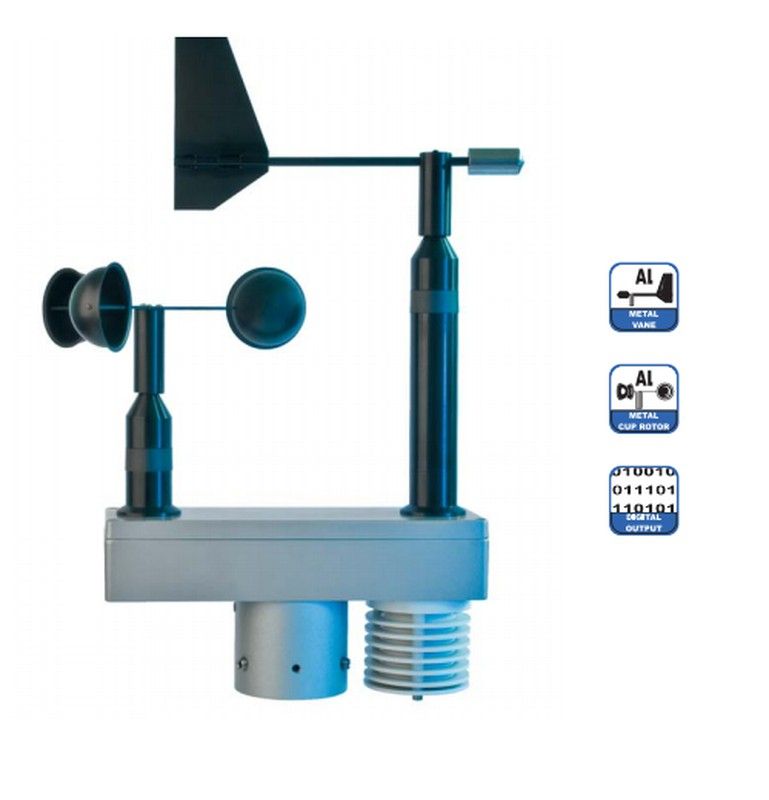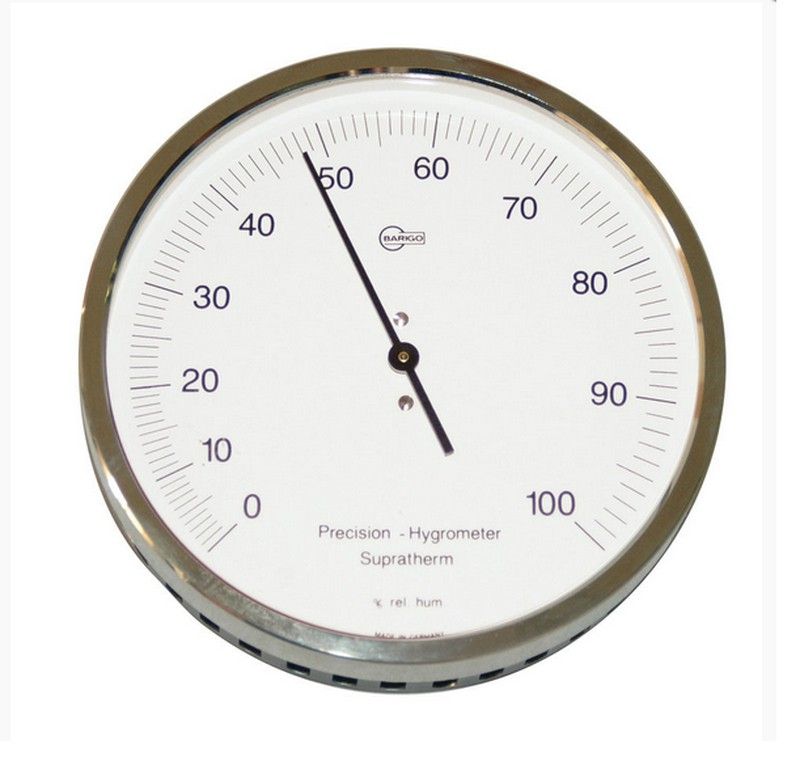Range, resolution and precision
Three essential variables when we want to interpret, value or compare a precision instrument

In measurement, the range is the range of values of a certain variable that a certain precision instrument is capable of measuring. For example, if a thermometer measures between -30ºC and 50ºC or a distance meter between 0 and 50m.
A larger range will make the measuring instrument a more versatile product. Although it is also true that often, a greater range is translated with a lower resolution, a concept that we will define later.
The range is a variable that depends directly on the use of the instrument, we will not need an equal range if we want to measure the interior ambient temperature, the exterior ambient temperature or the cooking temperature of a food inside the oven. They are trivial concepts, but we cannot lose sight of them before buying any instrument.
Resolution is the smallest variation in the measured magnitude that results in a noticeable variation in the indication of the corresponding value. In other words, the resolution indicates the minimum value from which we will notice a variation or jump in the measure of what we are measuring.
For example, if the resolution of a thermometer is 1ºC, the measurement will be 1,2,3,4,5 .. and so on. If the resolution is 0.5ºC, the measurement will be 0; 0.5, 1, 1.5; 2; 2.5; etc ... The resolution is independent of the range, but it is true that instruments with a greater range, have a lower resolution, both analog and digital level.
In digital instruments the resolution always tends to be higher than in analog instruments, it is common for digital instruments to display the decimal (0.1), centesimal (0.01), milesimal (0.001) or even higher measurement. The resolution is related to the sensitivity of the instrument.
The precision in a measuring instrument determines how accurately we can make this measurement and is directly related to the intrinsic error of said instruments, in an inversely proportional sense. The higher the precision, the less error.
Each instrument has its own error, which will determine if it is more or less precise when measuring. Accuracy and error can be expressed in unit (value) or in%. For example, we can determine that the accuracy of a distance meter is +/- 2mm or +/- 2%.
The precision often varies depending on the point of the range or scale where we are. For example, in certain anemometers, the precision is different between 0 and 10m / s than above 10m / s, being lower in higher values.
Among the same instruments, for example hygrometers, the precision varies very significantly depending on the characteristics of the construction material, whether it is bimetal spiral (less precise) or natural hair (more precise). Likewise, the error also varies very notably between low values (0-20%), medium values (20-80%) and high values (80-100%), extreme values present a much greater error and therefore a less precision.
Many customers pose a problem for us: They have two measuring instruments installed in the same place and environment and each one measures a different value. What's happening here? Which of them measures wrong?
The response from us is often frustrating. Stay with one of them and discard the other, never compare. Why? Because of the reason that each instrument carries its own error, therefore it is usually common for each instrument to mark differently. This difference corresponds to the instrument's own precision and error and is related to the instrument's manufacturing material, either analog or digital, although in this case there are much more factors, such as programming, etc ...
In the scientific and industrial field, the instruments calibration and certification systems are designed to standardize these differences in precision and the product's own errors.
There is no doubt that if the difference is disproportionate or incorporates a value that is much higher or lower than expected, the problem is that the instrument is defective or damaged. We must also bear in mind that these (undesired) comparisons should always be made in an exactly the same location for the two instruments, it is not worth comparing in different places since each instrument is only representative of the place where it is installed.








Opinions of our clients
Receive our news